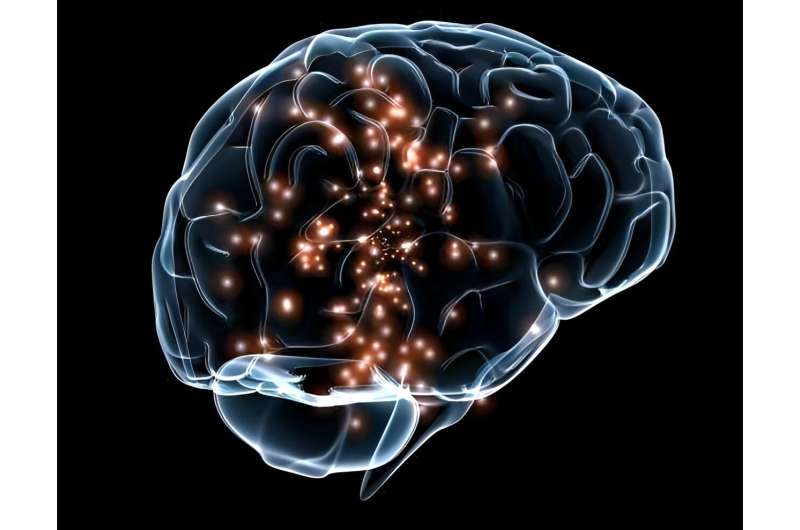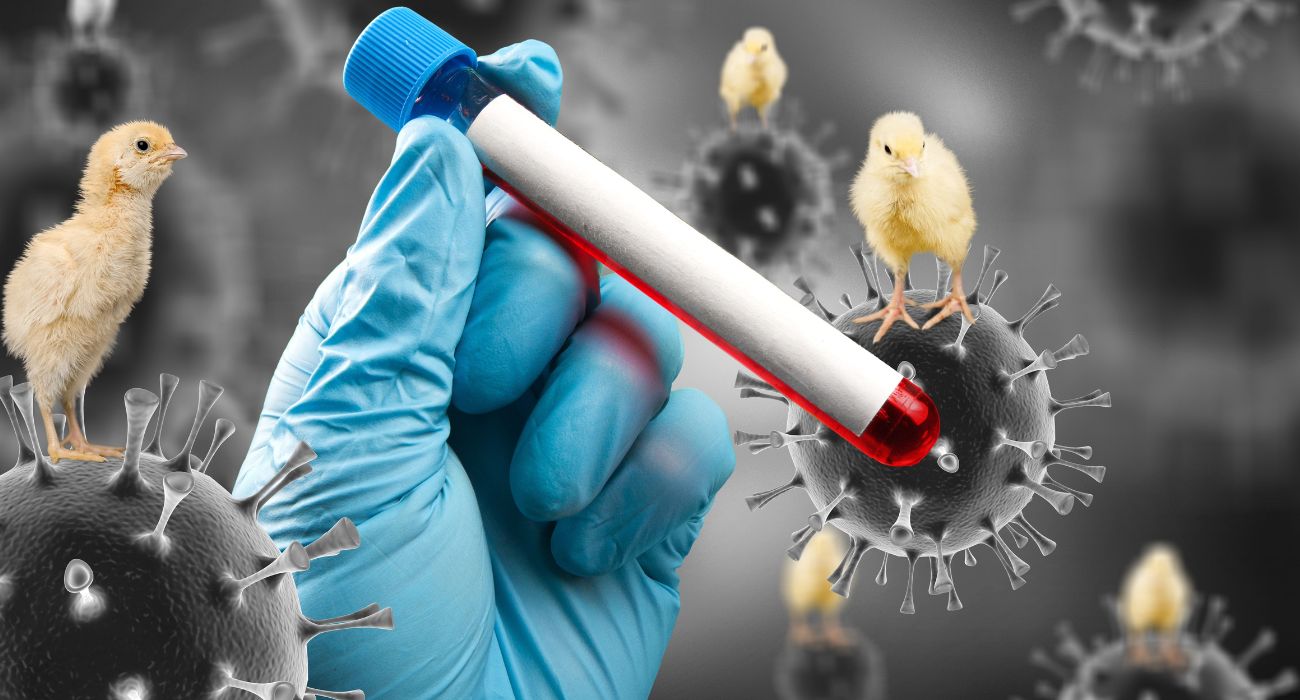

Image credit: Wikimedia Commons
Progressive supranuclear palsy (PSP), a mysterious and fatal neurological disorder, is usually not diagnosed until the patient has died and an autopsy has been performed. But now researchers at UC San Francisco have found a way to identify the disease while patients are still alive.
A study appeared in neurology discovered a pattern in the spinal fluid of PSP patients on July 3 using a new high-throughput technology that can measure thousands of proteins in a tiny drop of fluid.
The researchers hope that the protein biomarkers will lead to the development of a diagnostic test and targeted therapies to stop the fatal progression of the disease.
The disease came to public attention 25 years ago when Dudley Moore, star of ’10’ and ‘Arthur’, announced his diagnosis of PSP. It is often confused with Parkinson’s, but PSP progresses more rapidly and patients do not respond to Parkinson’s treatments. Most PSP patients die within about seven years of the onset of symptoms.
Diagnosis is crucial because treatments work best in the early stages
PSP is thought to be caused by a buildup of tau proteins that weakens and kills cells. It is a form of frontotemporal dementia (FTD) that affects perception, movement and behavior. Typical symptoms include balance problems with frequent backward falls and difficulty moving the eyes up and down.
“Unlike Alzheimer’s disease, there are no tau scans, blood tests or MRIs that provide a definitive diagnosis of PSP. In many patients, the disease goes unnoticed,” said co-senior author Julio Rojas, MD, Ph.D., of the Department of Neurology, UCSF Memory and Aging Center and the Weill Institute for Neurosciences.
“When new drugs are approved for PSP, patients will have the best chance if they receive treatment at the earliest stage of the disease, when effectiveness is most likely,” he said.
The inability to identify PSP has hampered the development of new treatments, said co-senior author Adam Boxer, MD, Ph.D., endowed professor of memory and aging in the Department of Neurology at UCSF and director of the Alzheimer’s Disease and Frontotemporal Dementia Clinical Trials Program.
“Previous research has highlighted the value of several nonspecific biomarkers for neurodegeneration in PSP, but their sensitivity and specificity for diagnosis have been limited, particularly at this critical early stage of the disease,” he said.
The researchers measured the protein biomarkers using high-throughput protein analysis technology, which is based on molecules that bind to proteins with high selectivity and specificity.
The study included 136 participants with an average age of 70 years, including patients from UCSF and other institutions with symptoms consistent with PSP, as well as autopsy-confirmed PSP cases. The researchers compared biomarkers from these cases with the living patients, as well as with healthy participants and with patients with other forms of FTD.
The researchers found lower levels of most proteins in patients with confirmed or suspected PSP than in the healthy study participants. The protein signature of autopsy-confirmed PSP cases also differed from autopsy-confirmed cases of other forms of FTD, as well as from living patients.
In all patients with confirmed or suspected PSP, levels of proteins associated with neurodegeneration were higher. The researchers also found some inflammatory proteins that correlated with disease severity and reduced the number of proteins relevant to several important brain cell functions that could be manipulated with future therapies.
“The goal of this work is to provide a framework for using these newly identified proteins in future clinical trials,” said lead author Amy Wise, formerly of UCSF’s Department of Neurology and Memory and Aging Center and currently a medical student at UC Davis.
“We hope to one day reach a point where a single biomarker or set of biomarkers from a blood test or lumbar puncture can provide definitive diagnostic and prognostic results for PSP.”
More information:
Amy Wise et al., neurology (2024). www.neurology.org/doi/10.1212/WNL.0000000000209585
Provided by the University of California, San Francisco
Quote: Scientists may have discovered how to diagnose an elusive neurological disorder (July 3, 2024), retrieved July 3, 2024 from https://medicalxpress.com/news/2024-07-scientists-elusive-neuro-disorder.html
This document is subject to copyright. Except for the purposes of private study or research, no part of it may be reproduced without written permission. The contents are for information purposes only.


